Follow this detailed step-by-step guide to successfully convert your petrol car to run on environmentally-friendly compressed natural gas (CNG) and save on fuel costs
With the increasing awareness of climate change and the need to reduce our carbon footprint, many people are looking for alternative, eco-friendly fuel options.
However, the need for low-cost, energy-saving fuel to power electricity generators and millions of cars on Nigerian roads Have reached a record high, thanks to the harsh realities of the controversial subsidy removal. One such option is compressed natural gas (CNG), which not only burns cleaner than petrol but also offers significant cost savings.
Based on the reports of the Nigerian news media, there are indications that more Nigerians are leaning towards Compressed Natural Gas following the removal of fuel subsidy by the Federal Government. This comprehensive guide will walk you through the process of converting your petrol car to run on CNG in a step-by-step manner. You can also read our article about CNG-powered cars you can buy right now.
Related: Why This Is A Good Time To Buy A Toyota Prius, And What To Know When Buying A Used Model
Benefits Of Converting Your Car To Run On CNG
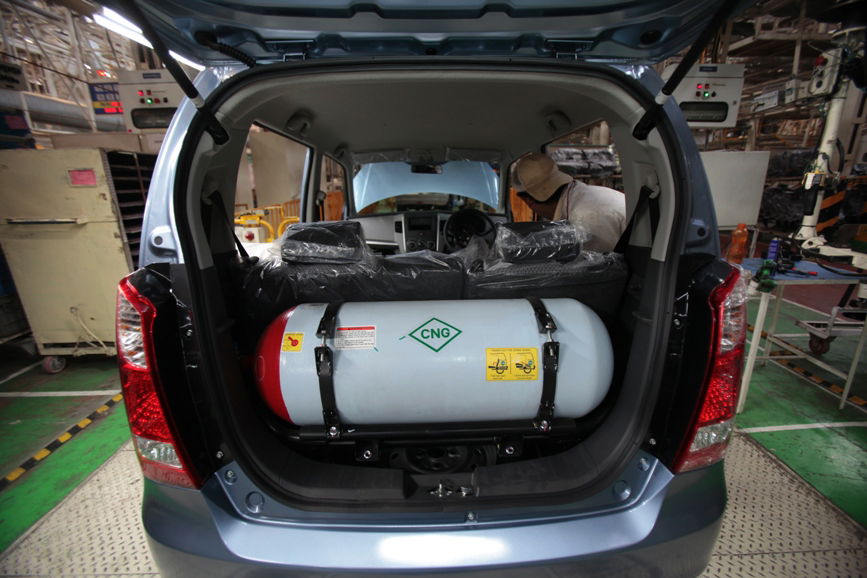
Before diving into the conversion process, let's quickly explore the benefits of switching to CNG:
1. Environmentally friendly: CNG produces fewer greenhouse gas emissions compared to petrol, making it a cleaner and more sustainable option.
2. Cost-effective: CNG is typically cheaper than petrol, leading to significant savings on fuel costs.
3. Reduced engine wear: CNG burns cleaner than petrol, resulting in reduced engine wear and tear, and ultimately extending the life of your car.
Understanding The CNG Conversion Process
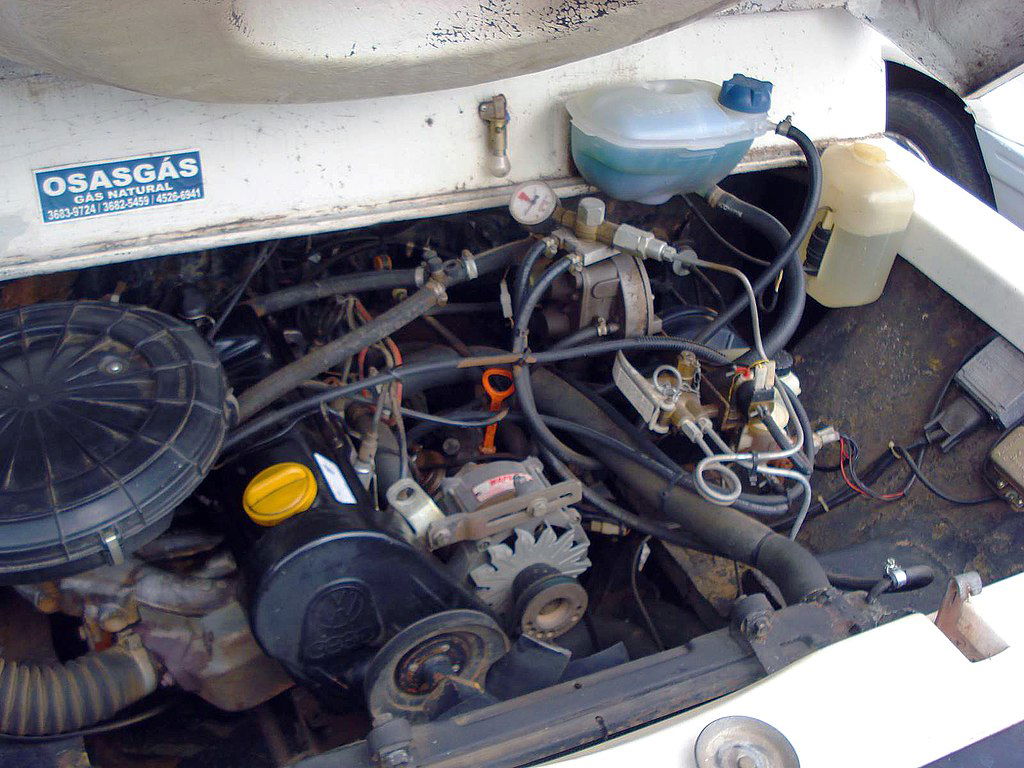
The process of converting a petrol car to run on CNG involves installing a CNG conversion kit, which includes a CNG storage cylinder, a pressure regulator, and other necessary components.
The conversion process can be broken down into the following steps:
1. Research and planning
2. Acquiring the necessary permits and certifications
3. Purchasing a CNG conversion kit
4. Preparing your car for the conversion
5. Installing the CNG conversion kit
6. Testing and fine-tuning
Let's dive into each step in detail.
Step 1: Research And Planning

Before you start the conversion process, it's essential to do thorough research:
1. Check local regulations: Many cities and countries have specific regulations regarding CNG conversions. Make sure you are aware of all the rules and requirements applicable to Nigeria.
2. Find a certified CNG installer: While it's possible to carry out the conversion yourself, it's highly recommended to work with a certified CNG installer. This ensures that the conversion is done correctly and safely.
3. Determine the cost and return on investment: Calculate the overall cost of the conversion and compare it with the expected savings on fuel costs. This will help you decide if the conversion is worth the investment after all.
Step 2: Acquiring The Necessary Permits And Certifications
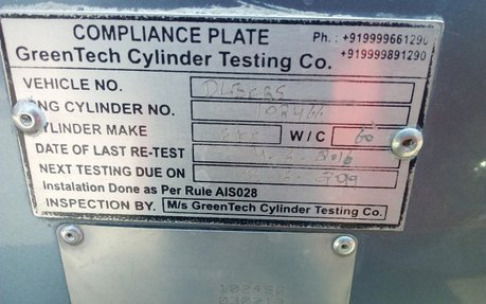
Once you've done the research and planning, the next step is to acquire all necessary permits and certifications:
1. Obtain a permit for CNG installation: In some regions, you may need a permit before starting the conversion process. Check with your local authorities to determine if a permit is required.
2. Acquire vehicle certification: After the conversion is completed, you may need to have your vehicle inspected and certified by an authorized agency. This will ensure that your car is compliant with all safety and emissions standards.
Step 3: Purchasing a CNG Conversion Kit

When it comes to choosing a CNG conversion kit, consider the following factors:
1. Compatibility: Make sure the kit is compatible with your car's make and model. Consult with a certified CNG installer or the kit manufacturer for guidance.
2. Quality: Choose a high-quality CNG conversion kit from a reputable manufacturer. This will ensure that the components are durable and perform optimally.
Note that Innoson Vehicle Manufacturing (IVM) provides CNG conversion services for all IVM models.
3. Type of kit: There are two main types of CNG conversion kits – venturi and sequential injection. Venturi kits are generally cheaper and easier to install, while sequential injection kits offer better performance and efficiency. Consult with a CNG installation expert to determine which type is best suited for your car.
4. Storage capacity: Consider the storage capacity of the CNG cylinder included in the kit. A larger capacity cylinder will allow you to travel longer distances between refueling, but it will also take up more space in your car.
Once you have selected a suitable CNG conversion kit, purchase it from a reputable dealer or directly from the manufacturer.
Step 4: Preparing Your Car For The Conversion
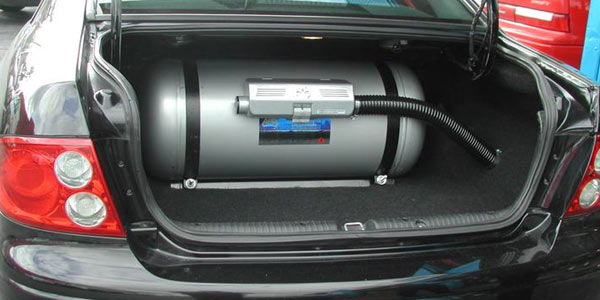
Before the installation process begins, you need to prep your car for the process:
1. Empty the fuel tank: Drain the petrol from your car's fuel tank, as it will be replaced with CNG.
2. Clean the engine: Have your engine thoroughly cleaned, as this will help ensure optimal performance of the CNG system.
3. Make space for the CNG cylinder: Identify a suitable location in your car for the CNG cylinder. This will typically be in the trunk or under the car, depending on the size and shape of the cylinder. You may need to remove or modify some parts of your car to make space for the cylinder.
Step 5: Installing The CNG Conversion Kit
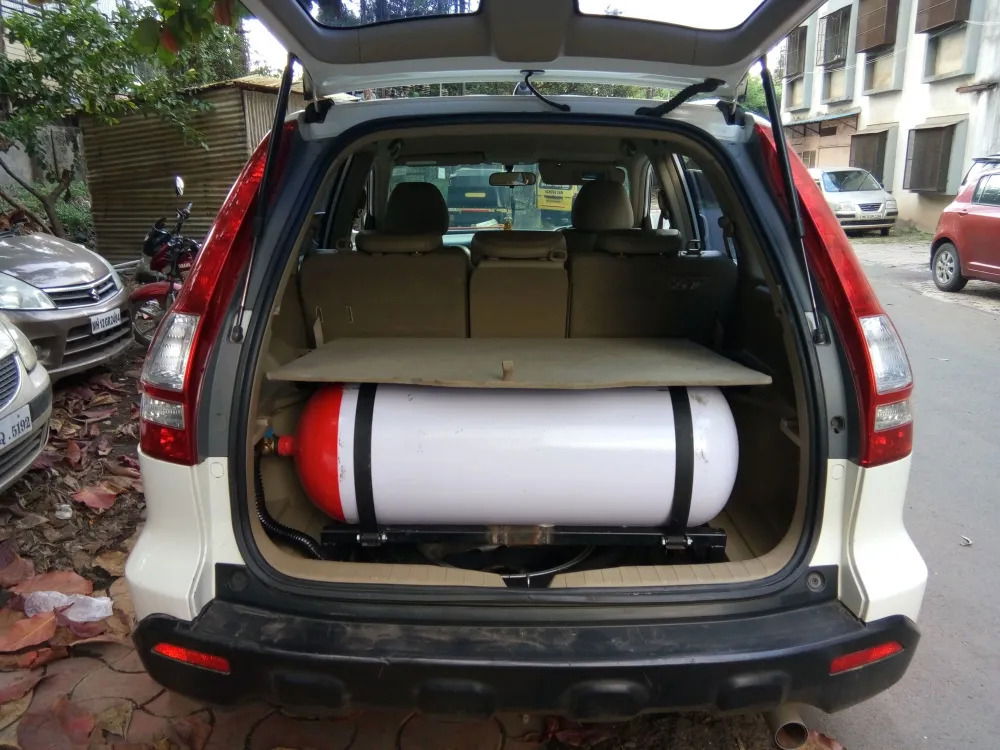
With your car prepared, it's time to install the CNG conversion kit. It's highly recommended to have a certified CNG installer carry out the installation, as this will ensure the process is done correctly and safely.
The installation process typically involves the following steps:
1. Mount the CNG cylinder: Securely mount the CNG cylinder in the designated location, ensuring that it is properly fastened and does not interfere with any other components.
2. Install the pressure regulator: The pressure regulator reduces the high pressure of the CNG coming from the cylinder to a suitable level for the engine. Mount the regulator in the engine compartment, following the manufacturer's guidelines.
3. Connect the fuel lines: Run CNG fuel lines from the cylinder to the pressure regulator, and then to the engine. Make sure the lines are securely fastened and free from leaks.
4. Install the CNG injectors: Depending on the type of conversion kit, you may need to install CNG-specific injectors. Follow the manufacturer's instructions for proper installation.
5.Install the CNG control unit: The control unit manages the CNG system and ensures that the engine receives the appropriate amount of CNG. Mount the control unit in a suitable location, such as under the dashboard, and connect it to the engine control module (ECM) and the CNG injectors.
6. Install the CNG filler valve: The filler valve is used to refuel your car with CNG. Mount the valve in a convenient and accessible location, such as near the petrol filler cap, and connect it to the CNG cylinder using a high-pressure hose.
7. Install the CNG level gauge: The level gauge indicates the amount of CNG remaining in the cylinder. Mount the gauge on the dashboard and connect it to the CNG cylinder.
Related: The Danfo Bus Is All Grown Up: Here’s How Much The Volkswagen ID. Buzz LWB Will Cost
Step6: Testing and Fine-Tuning
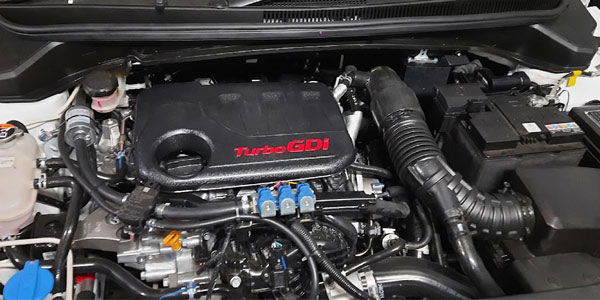
After the installation is complete, it's crucial to test the CNG system and fine-tune it for optimal performance:
1. Check for leaks: Before starting the engine, inspect the entire CNG system for any leaks. Use a gas leak detector or a soapy water solution to check for leaks around all connections and fittings. If you find any leaks, tighten the connections and retest.
2. Start the engine: Start the engine and allow it to run on CNG. Monitor the engine performance and listen for any unusual sounds or irregularities.
3. Fine-tune the CNG system: Work with your certified CNG installer to fine-tune the system, ensuring that the engine runs smoothly and efficiently on CNG. This may involve adjusting the CNG injector timings, the pressure regulator settings, and the control unit parameters.
4. Test drive: Take your car for a test drive to ensure that it performs well on both CNG and petrol. Pay attention to acceleration, power, and overall drivability. If you encounter any issues, consult your CNG installer for further adjustments.
5. Obtain post-conversion certification: We’re not sure about any such agencies in Nigeria, but you have to assume that after the conversion is complete and you're satisfied with the performance of your car, you should have it inspected and certified by an authorized agency. This will ensure that your vehicle meets all relevant safety and emissions standards.
Frequently Asked Questions (FAQs) About CNG Conversions
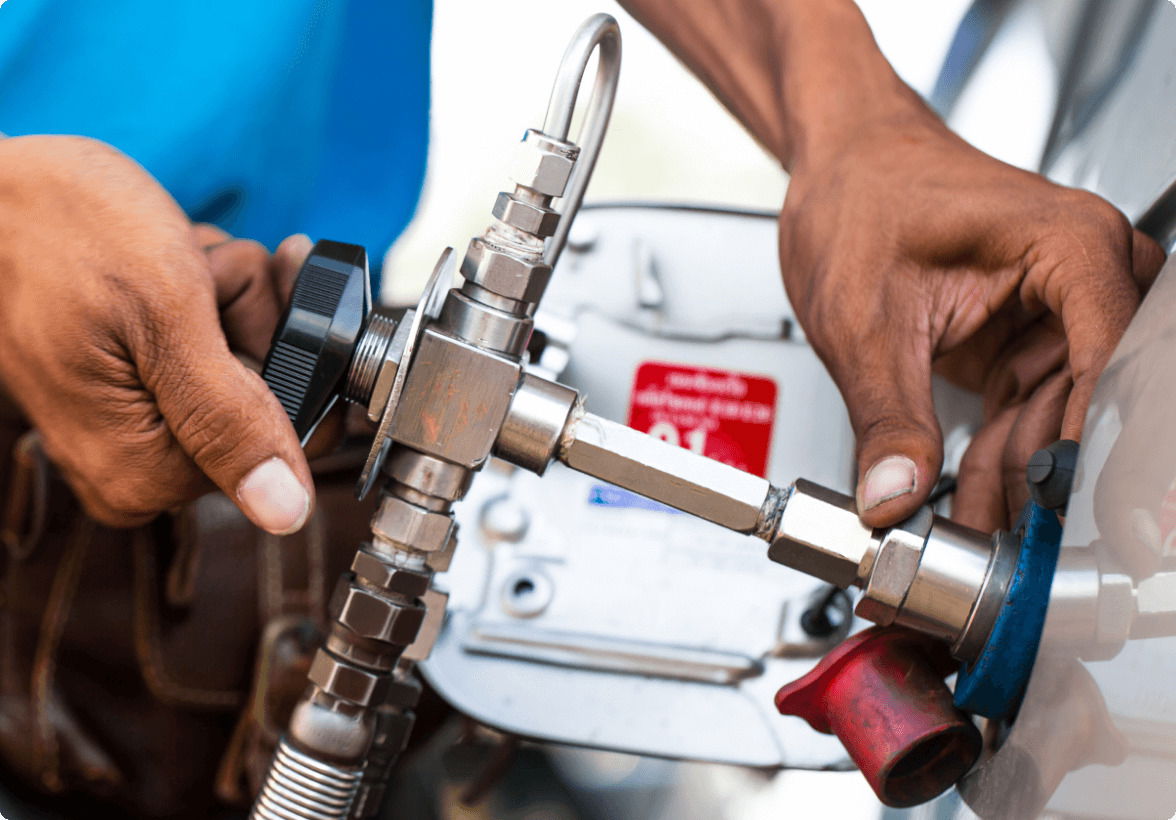
Q: Can any petrol car be converted to run on CNG?
A: Most petrol cars can be converted to run on CNG, but it's essential to check the compatibility of your car with the CNG conversion kit before starting the process. Consult with a certified CNG installer for guidance.
Q: How much does it cost to convert a car to CNG?
A: According to Business Day Nigeria, “It costs between ₦100,000 and ₦300,000 to purchase the kit needed in converting a car from petrol or diesel engine to a CNG engine, depending on the nature and condition of the car.
However, we expect this estimate to have doubled or tripled since Business Day made this report more than two years ago. Furthermore, the cost of converting a car to CNG can vary depending on factors such as the type of conversion kit, the complexity of the installation, and labor costs.
Q: How much is CNG in Nigeria?
A: On June 12, 2023, the International Center for Investigative Reporting reported the IPMAN (Independent Petroleum Marketers Association of Nigeria) as saying it is “90% ready to roll out compressed natural gas before June end at ₦110/liter.” Sounds like an attractive alternative, considering the current spike in petrol pump price from ₦185 to ₦550 per liter.
Q: Is it safe to drive a car converted to CNG?
A: Yes, driving a car converted to CNG is safe as long as the conversion is done correctly and in accordance with all relevant safety guidelines. It's important to work with a certified CNG installer and have your car inspected and certified after the conversion.
Q: How far can a CNG-converted car travel on a single fill-up?
A: The range of a CNG-converted car depends on factors such as the storage capacity of the CNG cylinder and the efficiency of the CNG system. On average, a CNG-converted car can travel between 200 and 350 miles on a single fill-up.
Final Word On Converting Petrol Cars to Run On Compressed Natural Gas
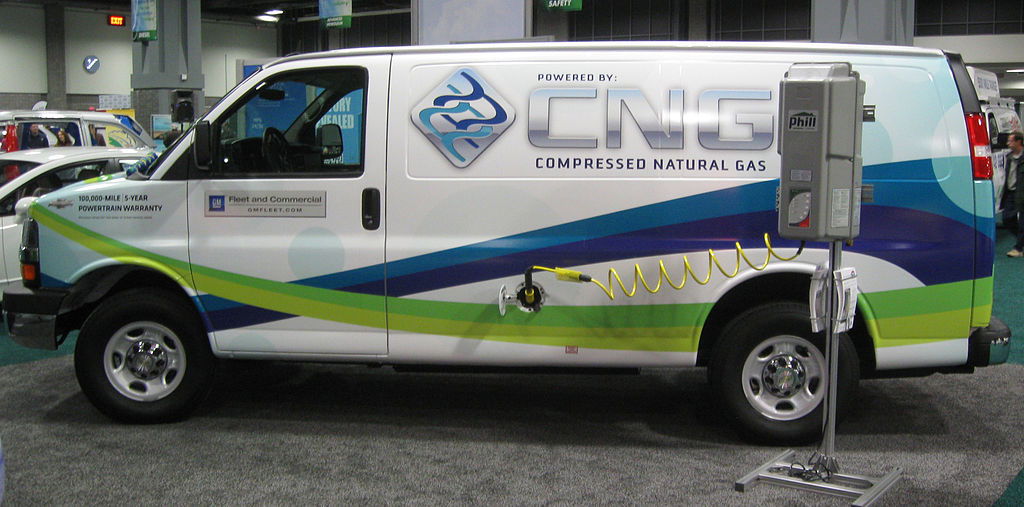
Converting your petrol car to run on compressed natural gas (CNG) is an environmentally-friendly and cost-effective way to reduce your carbon footprint and save on fuel costs. Read our list of 16 affordable CNG-ready cars you can buy and avoid the petrol to CNG conversion process.
By following the detailed step-by-step guide provided in this article, you can successfully complete the conversion process and enjoy the benefits of CNG. Remember to work with a certified CNG installer and adhere to all local regulations and safety guidelines to ensure a safe and effective conversion.